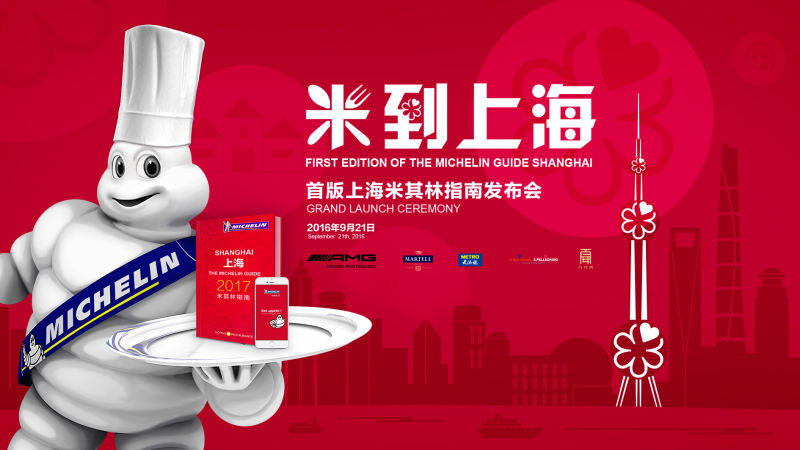Many brands began to diversify their content thanks, in part, to social media. Another significant factor is how market tastes have changed regarding the ways they support their brands.
If you’re familiar with RayBan sunglasses or even a brand like Covergirl, you’re familiar with a “lifestyle brand.” These entities usually sell some merchandise, but diversify their content to target broader markets.
Due to the fact they have merchandise, they can diversify more easily.
Just think about it: what came to your mind when I mentioned RayBans?
Maybe you saw a tropical beach and two people relaxing in luxury. Perhaps you saw a super fit lifeguard, or maybe you saw a hipster dude in skinny jeans and a v-neck t-shirt.
But you conjured up an image of a person who has a specific lifestyle.
These three brands used diverse content to transform how consumers perceive their products.
Diverse Content That Improved Brand Recognition
A Beer Company Chronicled World Records for Fun

You’re probably familiar with the Irish brand of beer known as Guinness. Their stout beers feature coffee notes and are great on cold, rainy days.
However, the company also made a foray into world record keeping. Yes, that’s right: the “Guinness Book of World Records” is the same as the Guinness brewing company.
It all started when the Guinness managing director Sir Hugh Beaver went on a hunting trip in 1951. He supposedly missed a shot, causing an argument about the fastest bird in Europe.
Alas, he and his hunting party had no resources to find this information. Fast forward to 1954 when he thought of a new Guinness promoting for settling pub arguments.
Beaver decided to create a book full of facts to settle these various bar arguments. So, he went about finding a fact-finding agency in London to prepare marketing promotion. They compiled hundreds of facts into a book and gave away 1,000 copies.
Due to its popularity, the company had it bound as the first official copy of what we now call The Guinness Book of World Records in August of 1955.
Today, you can find the book in 37 languages sold in around 100 countries. In fact, it is the world’s best-selling copyrighted book of all time (so far).
This means, strangely, that the Guinness Book of World Records is now itself in the Guinness Book of World Records.
The only befuddling part of this story is how the brewery, in today’s world, doesn’t seem to be as strongly associated with the world record book. But this may be due to dwindling interest in the book or a downturn in brick and mortar sales.
Regardless, the diverse content shored up the Guinness brand and reached new audiences.
As a result, it became endeared and imprinted on people’s minds. And, perhaps, people garnered a kind of Pavlovian response in connection to the beer and the book.
Soap Operas Originated From an Actual Soap Company

You might be familiar with the name “Proctor & Gamble” as a hygiene product company. In truth, the parent company houses many famous brands such as Tide, Olay, Crest, Always, Bounty, and many more.
But initially, before they became a mega-corporation, P&G started out making soap.
U.K. immigrants founded the company in 1837 and even supplied the Union Army with candles and soap during the American Civil War. In 1911, they diversified into making Crisco — the shortening for cooking made from vegetable oils.
But in the 1920s and 1930s, the company turned its focus on American homemakers.
This also corresponded with a rise in radio listeners and even TV watchers. As a result of these new platforms, P&G decided to diversify yet again to reach this new market of homemakers.
The company began sponsoring popular serial dramas until they decided to make their daytime TV dramas instead.
This new diverse content marketing strategy included especially flagrant endorsements of their products as commercials and placements in the shows themselves. The strong link between products and shows led to the name we use today: soap operas.
Now, I’m not saying that this is the reason the company is so wildly diverse and thriving today. But one must wonder if creative marketing solutions like this didn’t play a significant role in the company’s climb.
A Dude Made of Tires is a Respected Food Critic

Michelin starred restaurants include what some consider to be the best in the world. From sushi to French cuisine to small holes in the wall, these chefs are considered S-tier by the self-appointed food experts.
The Michelin Guide itself originated in 1900, but it wasn’t food-related at all.
If you haven’t guessed it already by the image above, there’s a clear connection between this food rating system and the tire company by the same name.
The original guide didn’t focus just on food either.
It featured maps, instructions on tire replacement and repair, hotel listings, gas stations, car mechanic locations, and more. It also happened to include reviews of restaurants in the French countryside.
The intent of this diverse content marketing strategy was NOT to rate restaurants.
It was to get people to drive to these restaurants and associate Michelin with reliability and knowledge. Of course, some now associate the name with high-end food more than tires.
The mascot (the Michelin man) made of tires also endured throughout the years. As you can see, his portfolio diversified, as well. The image and message have kept the brand alive and well over the decades.
Stand out from the Pack
All three of these companies used a different approach to creating a name for their brand. In an increasingly overcrowded world of advertising, it’s now more important than ever to step outside your creative comfort zone.



















One has to be careful with the brokers on the internet now. Last year I was scammed in the binary trade option by a broker I met on Instagram. I invested $14000 which I lost, I couldn’t make a withdrawal and I slowly lost access to my trade account for 3 months I was frustrated and depressed. After a few months, I met Jeff Silbert who is A recovery expert that works in affiliation with the Federal Bureau of Investigation (FBI) and other law firm. he worked me through the process of getting my money back and all the extra bonus which I got during my trading. he can be of help to anyone who has a similar situation. You can contact him via his
mail: jeffsilbert39 @gmail. Com
WhatsApp +84 94 767 1524